How To Use Google CrUX To Analyze And Compare The Performance Of JS Frameworks
Smashing Magazine
MAY 12, 2022
How To Use Google CrUX To Analyze And Compare The Performance Of JS Frameworks. How To Use Google CrUX To Analyze And Compare The Performance Of JS Frameworks. Recently Noam Rosenthal published two articles analyzing the common benefits and capabilities provided by various frameworks , and also their associated costs.






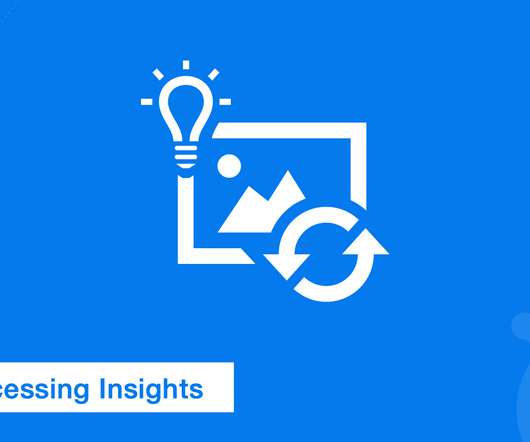
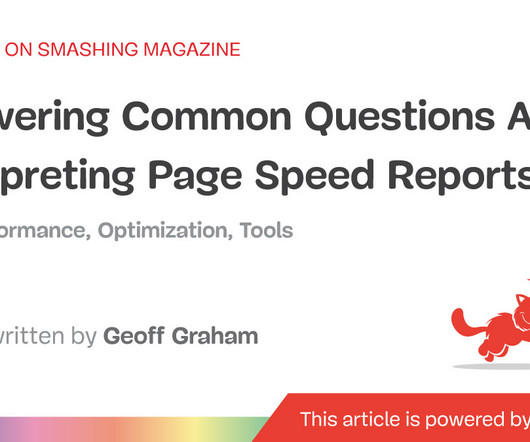





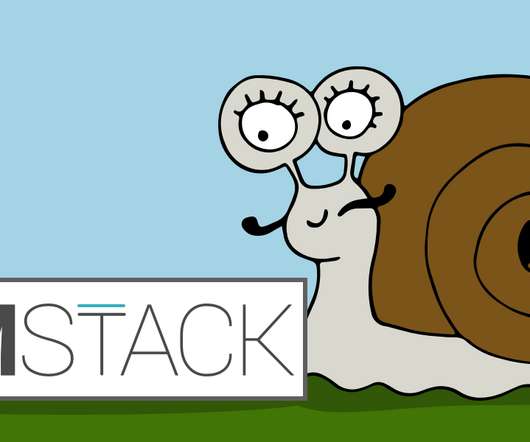














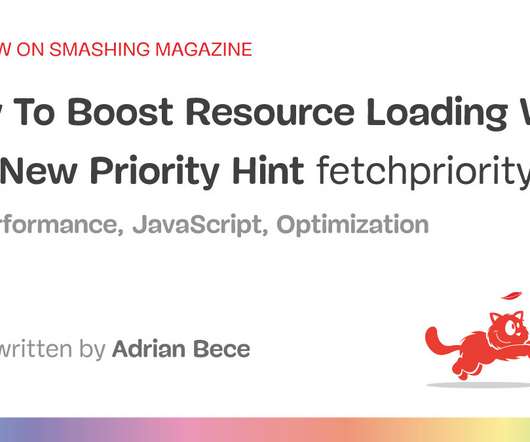



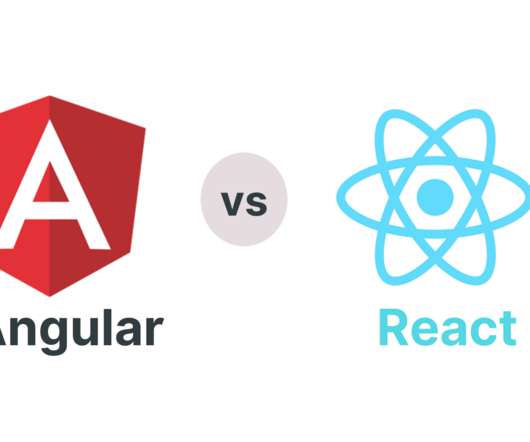
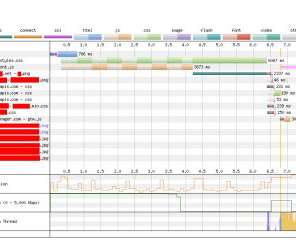











Let's personalize your content